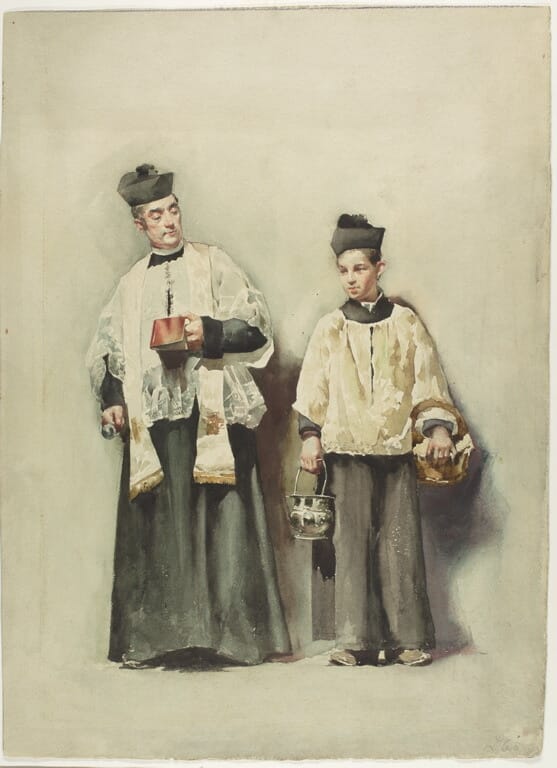About the Artist:
Ferdinand Hodler was one of the best-known Swiss painters of the nineteenth century. His early works were portraits, landscapes, and genre paintings in a realistic style. Later, he adopted a personal form of symbolism which he called "parallelism".
Hodler was born in Bern, the eldest of six children. His father, Jean Hodler, made a meager living as a carpenter; his mother, Marguerite (née Neukomm), was from a peasant family. By the time Hodler was eight years old, he had lost his father and two younger brothers to tuberculosis. His mother remarried, to a decorative painter named Gottlieb Schüpach who had five children from a previous marriage. The birth of additional children brought the size of Hodler's family to thirteen.
The family's finances were poor, and the nine-year-old Hodler was put to work assisting his stepfather in painting signs and other commercial projects. After the death of his mother from tuberculosis in 1867, Hodler was sent to Thun to apprentice with a local painter, Ferdinand Sommer. From Sommer, Hodler learned the craft of painting conventional Alpine landscapes, typically copied from prints, which he sold in shops and to tourists.
Many of Hodler's best-known paintings are scenes in which characters are engaged in everyday activities, such as the famous woodcutter (Der Holzfäller, 1910, Musée d'Orsay, Paris). In 1908, the Swiss National Bank commissioned Hodler to create two designs for new paper currency. His designs were controversial: rather than portraits of famous men, Hodler chose to depict a woodcutter (for the 50 Swiss franc bank note) and a reaper (for the 100 Franc note). Both appeared in the 1911 Series Two of the notes.
This image is in the public domain.








